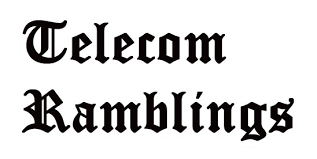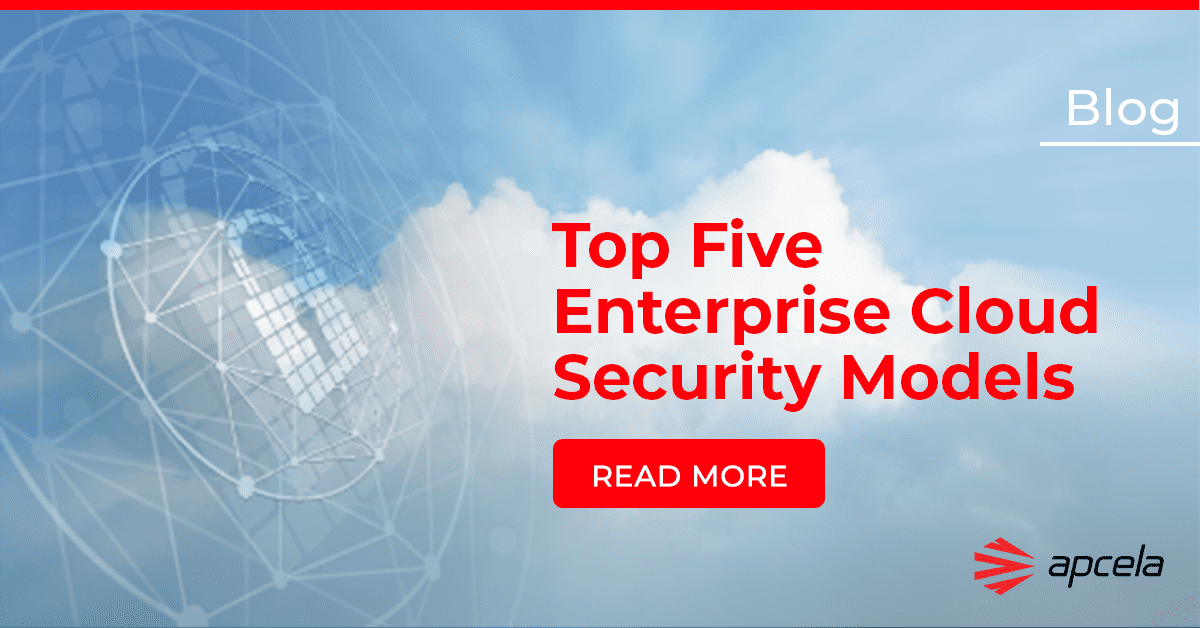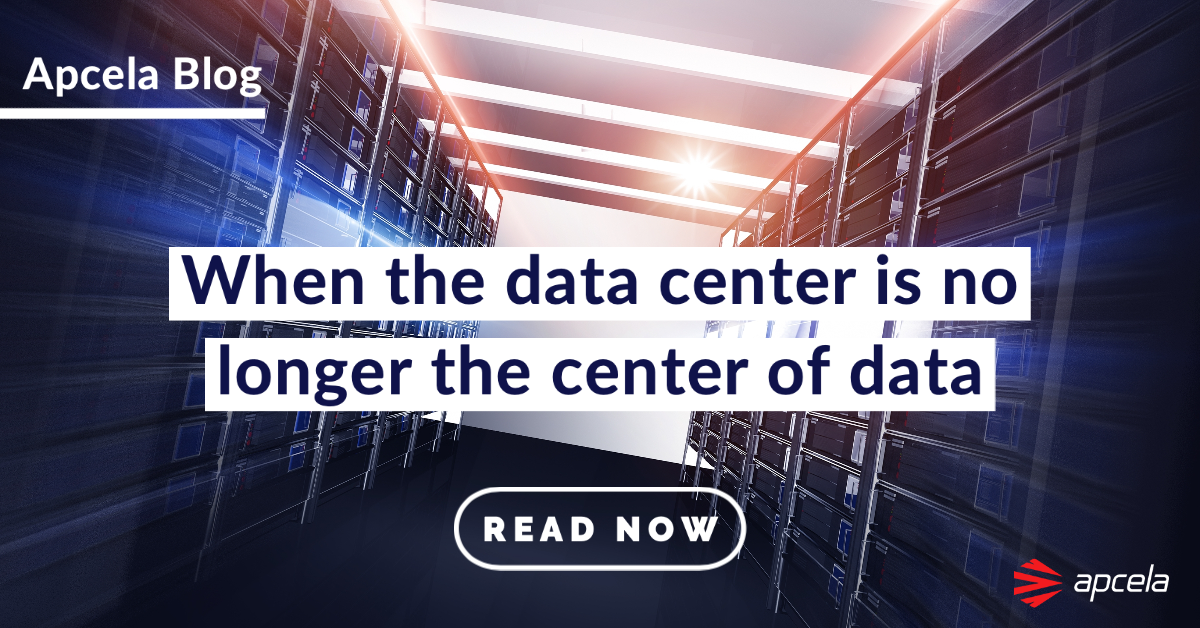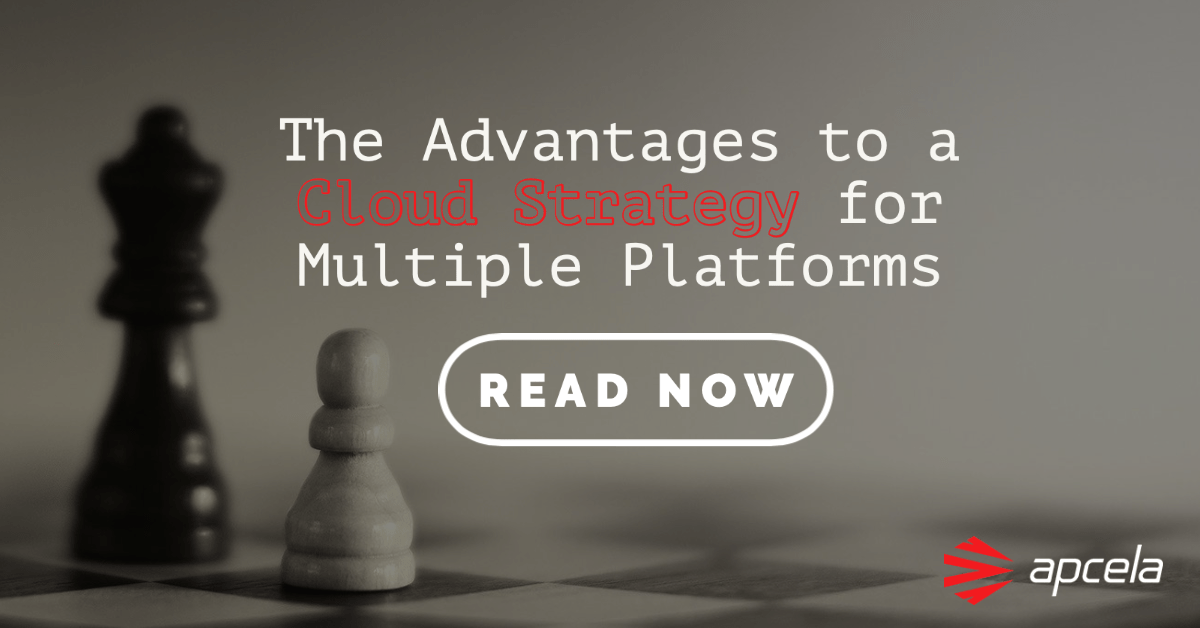Section 1: What is a multi-tenant cloud?
The phrase “multi-tenant cloud” refers to a cloud computing architecture that allows customers to operate in a shared environment, typically a public or a private cloud. Within this model, the tenants are physically integrated while logically isolated – meaning each customer’s data is invisible to others. Multitenancy in cloud computing can also refer to shared hosting, where server resources are shared among several applications. Most public cloud providers, such as Amazon AWS, Microsoft Azure, and Google GCP use a multi-tenancy model.
Section 2: The benefits of using a multi-tenant cloud solution
Multitenancy has many advantages, as the sharing of resources can allow for an exponential increase in productivity. A multi-tenant architecture enables far more use from a single hardware or software platform by chunking cloud capabilities for sale to multiple customers. Oftentimes, cloud computing users do not consume the full bandwidth available, so sharing this among multiple customers can maximize the use of available resources.
With this model, cloud vendors can provide increased storage and greater accessibility for a lower price compared to single tenancy. Thanks to modern sophistication of multitenancy, this greater access to resources by a larger group of people does not sacrifice privacy and security or slow down applications.
Section 2.1: Manageability and scalability
A multi-tenant architecture provides high levels of agility and scale. Capabilities can be rolled out across all customer locations easily through cloud services and turning up new services is much faster through virtualization than physical infrastructure. Further, cloud providers using multi-tenant architecture can manage multiple platforms simultaneously, allowing faster service and lower down time.
Multitenancy eliminates the need for individual users to manage infrastructure and handle updates and maintenance, especially if they use a Managed Service Provider (MSP) to act as a single pane of glass.
Section 2.2: Security
Historically, a single-tenant architecture was regarded as the most secure as this architecture delivered the application in isolation from other customers sharing the cloud. With multiple tenants, there is more perceived risk of data loss, data theft, and hacking as multiple customers have access to the same environment. However, customers in the same multi-tenant space are not aware of other ‘tenants,’ and data is kept entirely separate. Security problems migrating from one tenant to another is possible, but very rare. Many MSPs also offer additional security services for cloud computing.
Section 2.3: Benefits for IaaS, PaaS, and SaaS
Multi-tenant architecture is a key component for various types of public cloud services, including Infrastructure as-a-Service (IaaS), Platform as-a-Service (PaaS), and Software as-a-Service (SaaS). Architecturally, IaaS and PaaS are inherently multi-tenant, as these incorporate shared services at the infrastructure layer, allowing users to create, manage, and launch apps. PaaS, which provides the framework for developers to work in a cloud environment, utilizes multitenancy to give users scalable flexibility with reliable hardware and software. A SaaS vendor can use multitenancy to host their application in a data center and provide web access to multiple tenants. For example, Salesforce is a CRM SaaS Platform that uses a multi-tenant architecture in order to simultaneously provide service to thousands of customers.
Section 3: The cost-benefit analysis of a multi-tenant cloud
Most importantly, multitenancy is cost-effective. An organization who needs to access multiple cloud providers with a range of products will save money by working with a multi-tenant MSP compared to working independently with a single vendor, such as AWS. A flexible approach like this is perfect for organizations that are growing rapidly, especially as a provider simplifies management and saves time with multitenancy.
However, an enterprise who deals exclusively with a single private cloud provider and needs to transport large data sets with strict security requirements may wish to pursue a single-tenant contract. This use case is becoming less and less frequent in the age of distributed cloud. Another possible downside is if one tenant consumes more than their ‘fair share’ of compute, it can throttle performance for other tenants. Again, this is a rare occurrence, but it can be avoided with single tenancy or with proper management of a multitenancy environment.
Section 6: Multitenancy architecture
A multi-tenant architecture works because of the physical integration of data combined with virtual logical separation. Imagine an apartment building. There are multiple tenants managed by the same landlord, but the living spaces are separated. These tenants pay less for a portion of a building than they would pay for a stand-alone house and can access a set of shared amenities with individual keys. They are physically located under the same roof, but logically, live separately and are unaware of the ongoings of other tenants. Multitenancy in cloud computing is much more complex (you can’t hear loud neighbors!) but operates similarly.
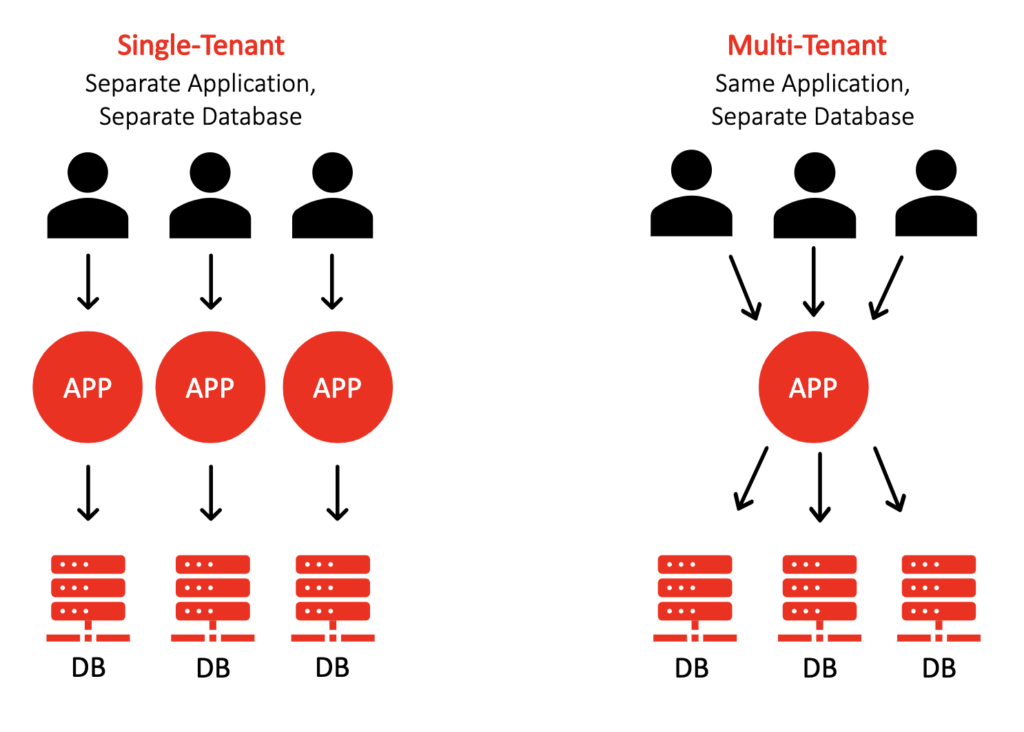
Section 7: How Apcela can help you?
The Apcela Arcus Platform multicloud connectivity and orchestration solution enables enterprises to seamlessly integrate core data centers, regional offices, and remote users with SaaS and IaaS Providers, all as a service. With a software-defined approach and the ability to push security to the edge, the Apcela Arcus Platform extends the traditional enterprise WAN to the cloud.
Our multi-tenant cloud solution incorporates private fiber connectivity to Cloud/SaaS regions (cloud on-ramps), and orchestration of standardized network and security transit architectures at the AppHubs and in public CSP infrastructure to offer the most cost optimal means of achieving multi-cloud connectivity while maintaining security and compliance requirements.
We at Apcela want to help enterprises avoid the pitfalls of single-vendor reliance and have relationships with several cloud providers right at the source. Our AppHubs can lift and shift existing stacks to avoid changes within vendor relationships and can manage this all with minimal changes in your teams’ day to day while fulfilling the improvements you seek. To learn more, visit https://www.apcela.com/contact/
Sources:
https://www.techtarget.com/searchcloudcomputing/definition/multi-tenant-cloud
https://www.datamation.com/cloud/what-is-multi-tenant-architecture/
https://www.cloudsavvyit.com/11484/what-is-multi-tenancy-and-how-does-it-impact-saas-applications/
https://www.computerworld.com/article/2517005/multi-tenancy-in-the-cloud-why-it-matters.html

